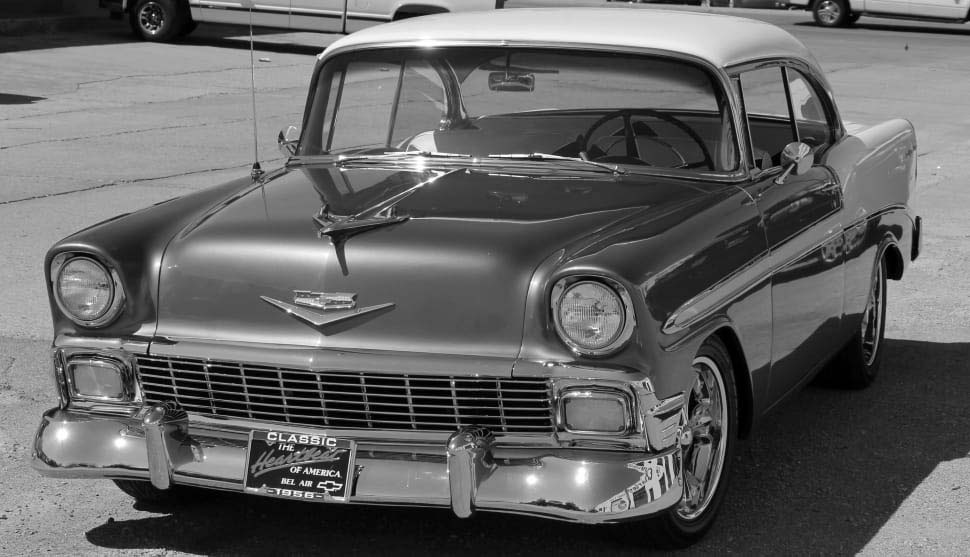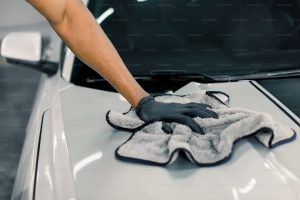Cars have become a symbol of modern society and its quite impossible to fathom our lives without one but what we tend to forget is their critical past. They have been around for over 150 years now and we have started taking their existence for granted. However, one must remember the challenges and the drawbacks of technology in its earlier years in order to truly understand its viability.
Cars have not always been the reliable and most efficient means of transport since its inception; rather, it is a story of grit, valor and passion. This is what gives classic cars their personality, an attitude that is simply unrivaled in modern society. Perhaps this is the reason why car-enthusiasts worldwide are drawn towards classic car restoration and are ready to shed a fortune in it.
However, the price of classic cars is directly proportional to their age and therefore becomes extremely hard for the average individual to acquire one without relative consequences. Therefore, proper care must be taken and guidelines should be correctly followed before undertaking such projects.
Restoration vs. Preservation
Before getting into car restoration as a whole, it is important for one to understand the true meaning of the term itself. Car Restoration refers to the act of repairing, painting and replacing certain parts of an old car in order to bring it back to a pre-sale condition. This means that the car highly resembles the original make and design of the vehicle while maintaining the performance level of a new vehicle. However, this is not to be confused with the term Car Preservation.
Car Preservation refers to the act of carefully maintaining a vehicle through years such that it remains just as good as new. Car Preservation is more of a purist attempt at reliving the golden age of cars while Car Restoration is more like optimizing old vehicles to make them modern street-friendly. Researchers have often argued about the fine line between preservation and restoration and this is an ongoing debate even today.
Types of Restoration
Car Restoration can be dated back to the 1930s and 1940s but the movement gained traction at the end of World War II. This was a time of peace and restoration, and several parts required for such activities could be acquired easily post-war. Most factories that were dedicated to manufacturing machines of destruction now reverted back to producing more street-friendly counterparts further driving the popularity and demand of cars.
Also, parts could be salvaged from war machines themselves and used in the restoration process of old cars. This era also saw the emergence of the hotrod culture, a subculture in the USA where car-enthusiasts started replacing car engines from vintage cars with more powerful performance counterparts.
As the audience for classic cars grew, so did their value in the market. People started appreciating the cultural and historical value of such vehicles and were ready to pay a fortune to acquire the same. Hence, car enthusiasts worldwide started buying damaged classic cars at affordable costs and restoring them to their former glory in order to be sold off to wealthy individuals.
As the market grew in size, so did the demands and specifications of many. People started arguing over the authenticity of such restoration projects as many used contemporary parts to replace those that were hard to acquire. As a result, a more hardcore and purist group of restorers emerged who went to great lengths to restore the vehicle according to its original specifications.
Needless to say, these were worth more than the ones with contemporary builds and were auctioned off at much higher prices. This created a sort of ‘class’ in the restoration community and also gave rise to a bias when it comes to classic cars in a modern setting.
Classic car restoration can be broadly divided into 4 stages, namely:
-
Concours d’Elegance
This is the highest level of prestige given to a restored vehicle. While a vehicle that is dubbed as Concours Ready need not be displayed at the prestigious event, it does need to meet certain requirements before being marketed as one.
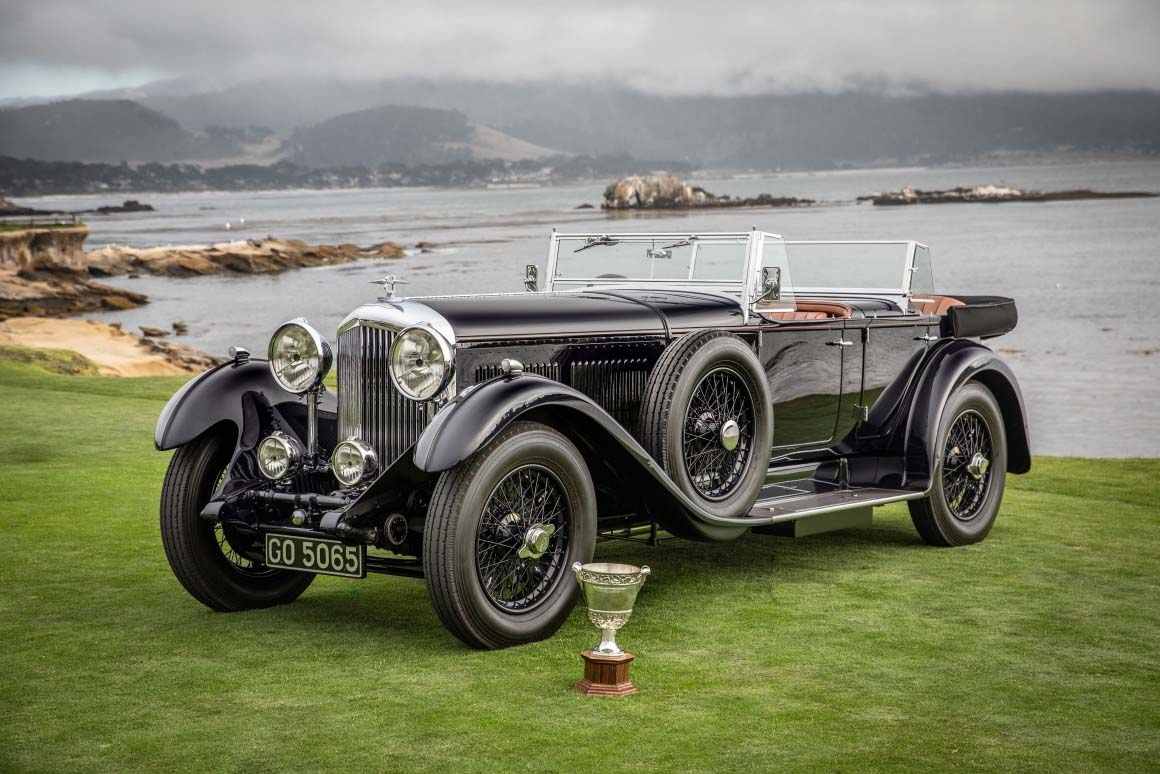
The term is mostly used for vehicles that have been restored with the highest levels of craftsmanship in mind while keeping in line with the original build of the car. Usually a lot of time, effort and money go into the car restoration process in order to ensure the best outcomes.
-
Traditional
This refers to restoring a vehicle back to its original condition as intended by its makers back in the day. While modern parts can be used to replace old and failing parts, efforts must be made to acquire original parts if possible.
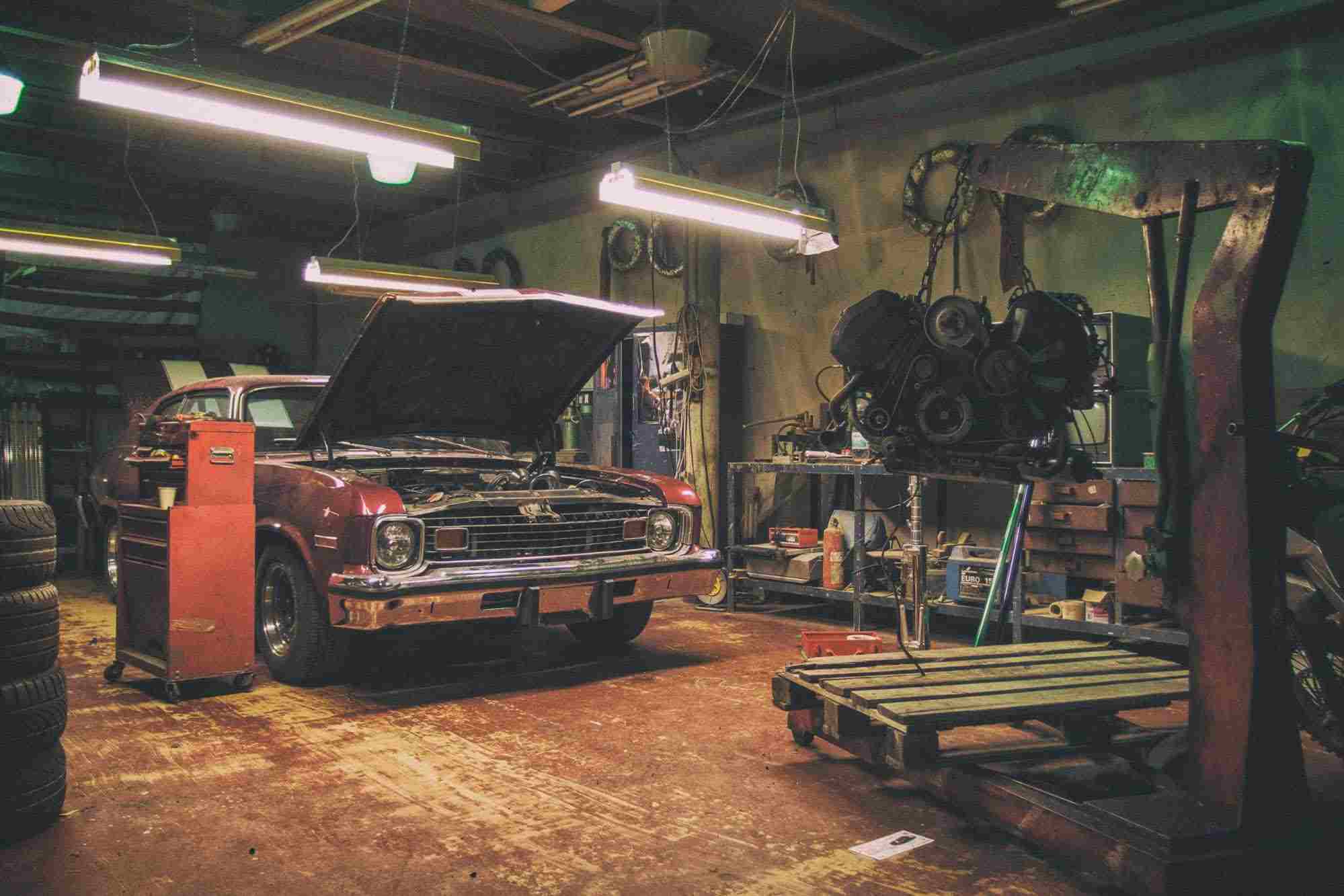
Some may focus on completely restoring the vehicle with modern parts, completely preserve the vehicle with traditional parts or use a combination of both depending on the availability and condition of the vehicle. The authenticity of such restoration processes depends on the eyes of the beholder rather than the motive of the restorer.
Resto-Modification
The art of restoring an old vehicle through the use of modern parts and peripherals in such a way that it is possible to revert back to its original state is referred to as resto-modification. While not all resto-modifications follow the latter half of that statement, most try to keep their modifications in such a way that reverting back to stock parts is a matter of time, not effort.

Most resto-modifications are quality-of-life upgrades such as air-conditioners, power steerings, power windows and stereo systems – amenities that were not bundled with the original make. However, some resto-modifications can also change the engine, suspension and brakes with modern ones so as to improve performance. Some resto-modders are looked down upon by purists while others openly support the process. One of the most prominent backers of resto-modification is a famous TV personality, Jay Leno, who stated in an interview that “if it makes the car better, safer, more reliable and faster—and you can change it back to stock whenever you want—why not do it”.
Exterior Preservation
Many believe that the wear and tear accumulated on the exterior of the car due to its age and weather adds to its personality. Therefore, many restorers worldwide choose to leave the exterior of the car ‘as-is’ and focus more on sprucing up the interiors and the performance of the vehicles.
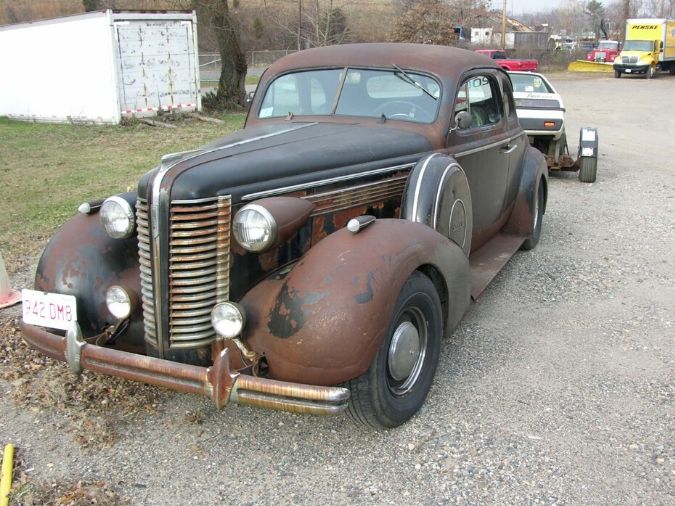
Believe it or not, the original coat of paint containing all the dents, scratches and dirt are actually coated with a preserving clear coat in order to retain the marks. This adds to the authenticity and the value of the vehicle, driving up its costs several times at auctions.
Approach
So now that you know the basics of car restoration, let’s talk about the process of restoring the car itself. Since the whole process is quite expensive and time-consuming, one must take proper care before undertaking such a project.However, if you do feel like you are up for the task, then do keep the following pointers in mind:
Motive
This is one of the basic mistakes made by an amateur car-restorer. One needs to first decide the motive behind the restoration process. Do you want to use the car for personal use? Do you want to sell it at an auction for a profit? Are you restoring the car for its sentimental or historical value? Do you want it to take part in rallies? All of these questions will help determine the process of restoration as well as the build and make of the vehicle.
Make
Once you have decided on a motive, it is time to choose a suitable vehicle. One must understand that not all classic cars have equal values in every field. For example, the car you choose to restore for your own personal use on the streets will differ greatly from the car you restore for commercial value. Not all classic cars have equal value, with limited editions getting preference over more readily available models. A Pontiac GTO will definitely fetch a higher price due to its rarity than a Mustang, so make your choice accordingly.
Budget
One of the major challenges of restoring a car is setting a budget for the same. Most newcomers tend to choose their favourite car and then develop a budget around it. If that’s the case, then you can pretty much guarantee that the restoration process will exceed the budget itself. However, if you conduct your research prior to the project, then you will have an idea about the availability and the cost of various products. This will help you ensure that your project stays on budget and that all factors are analyzed before undertaking the same.
Skills
So you have the car and the required parts for the restoration process but do you actually possess the skills to restore the car back to its former self? Keep in mind that the build of a classic car is very much different from modern ones and it is extremely difficult to translate your innate skills to support the same. Therefore, some prior knowledge is required to kickstart the restoration process. Thankfully, there are a lot of tools and books available nowadays that will hold your hand through the process but there is no replacement to on-field experiences. We highly recommend you get in touch with an experienced restorer who will be able to guide you through the entire process.
Time and Space
Car restoration is a lengthy process and it requires a lot of time and effort in part of the restorer. If you are new to the field and think that this is a fun task for the weekend, then you are highly mistaken. A restoration process can take as much as a couple of months to over a year depending on the make and the condition of the vehicle. Make sure you have an ample amount of time and space before you take up the project so that it does not clash with your personal or work life. Many do not realize how quickly a restoration project can turn from a fun activity to a major headache!
These are the major pointers one needs to keep in mind before taking up such an extensive project. We understand that there are a lot of factors involved and such projects can seem quite overwhelming for one who is just starting out but once you actually plan out your activities, it can be extremely fun and rewarding. If you have further queries regarding the process, feel free to click here to download our free mobile car service app and get connected with one of our qualified auto service providers instantly for any classic car restoration in Dubai. Happy Restoration from the house of Carcility!
